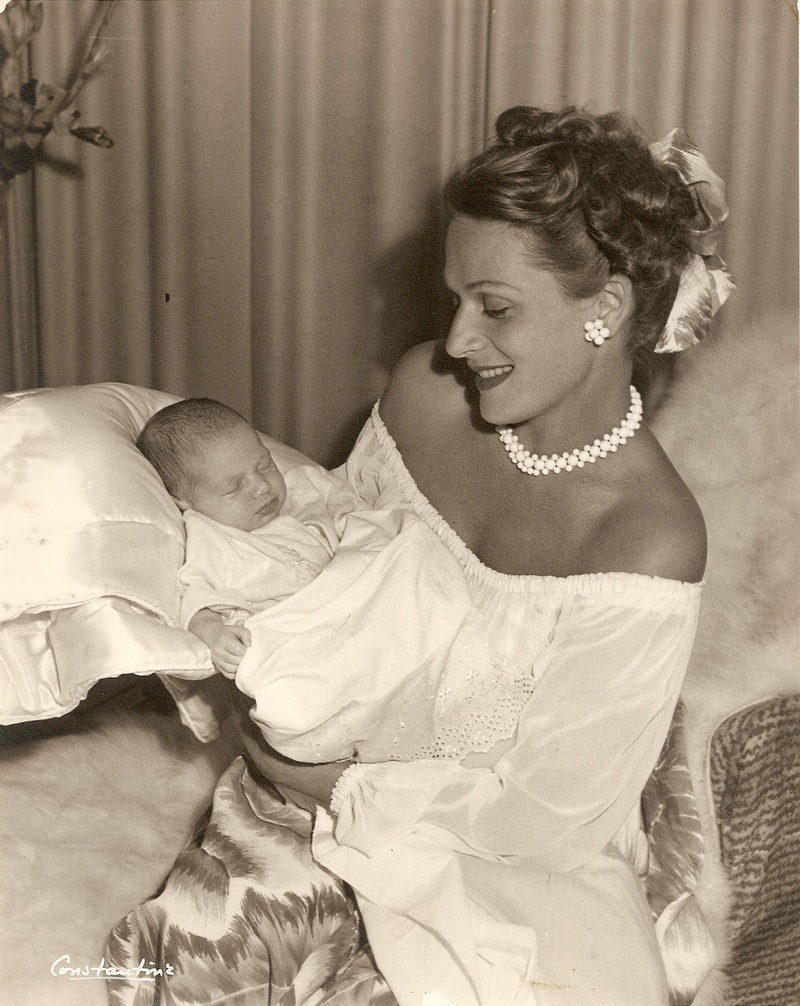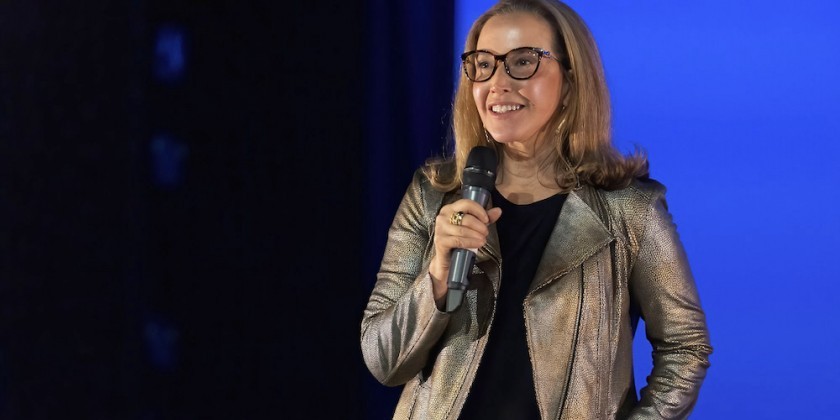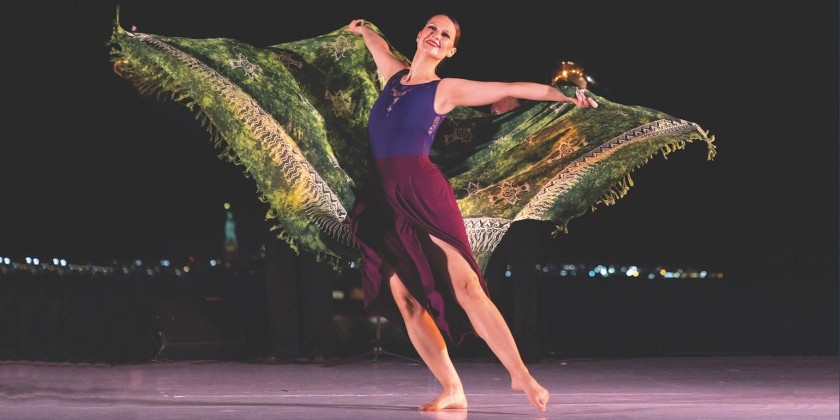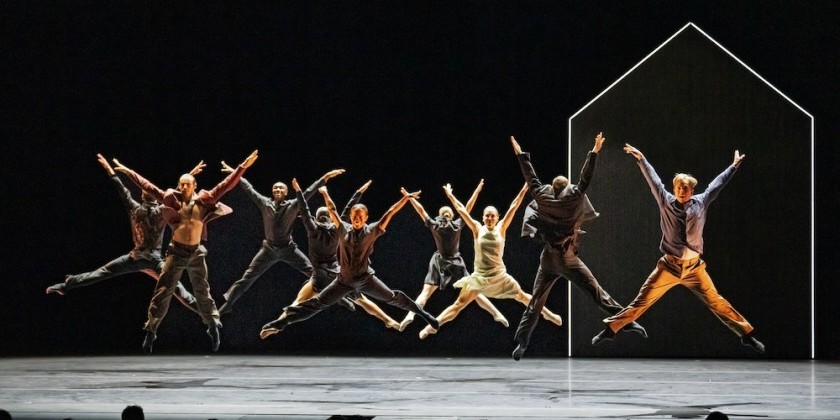Remembering the Maverick Ballerina, Mia Slavenska, in Film
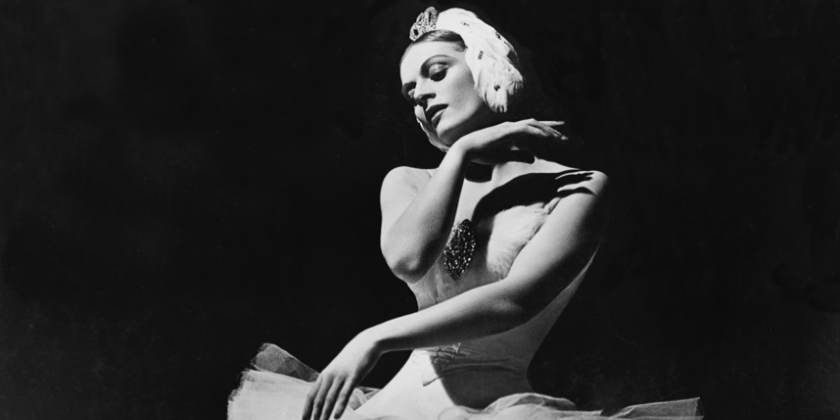
"Mia, A Dancer's Journey" Premieres January 31th, as part of the Dance on Camera Festival at Lincoln Center
Maria Ramas remembered vaguely that her mother, the Croatian born emigré ballerina, Mia Slavenska,was famous. ”People interviewed her, she received a lot of adulation, and of course, she always told me that she was,” she recalls.
But the ballerina removed herself from the performing world when Maria was a mere 14, and as the tales of a glorious career faded, Ramas came to know her mother more as a teacher than a dancer.
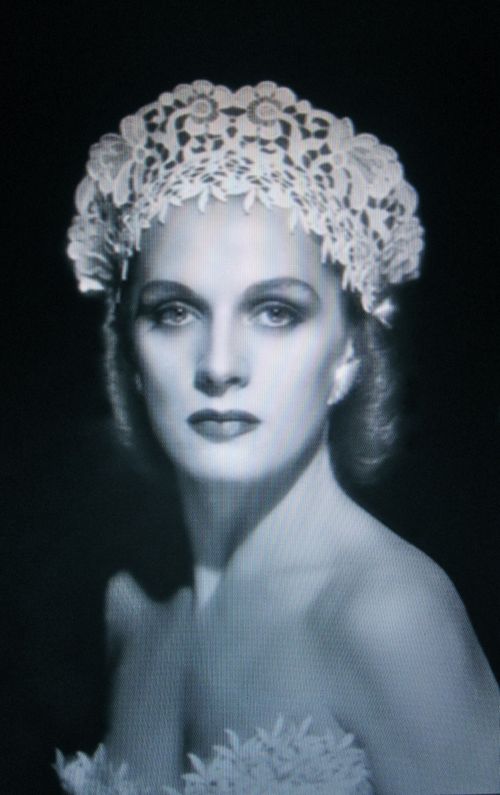
Slavenska taught with great success in the 1960’s in New York City, renowned as especially gifted in working with modern dancers. She was then invited by the New York Times critic, John Martin, to teach in Los Angeles at UCLA; and in short order became a founding faculty member of the CalArts Dance Department where she worked from 1970-1983.
Click Dance on Camera Festival at the Film Society of Lincoln Center for more info about this film.
In the inspiring documentary about Mia Slavenska’s life, Mia, A Dancer’s Journey, co-directed and produced by her daughter, Maria Ramas, with filmmaker, Kate Johnson, we glimpse a group of Slavenska’s California pupils,“flower children” frolicking in the sunshine while playing at balletic poses. One suspects the students, all scant clothes and free spirits, knew there was something special about Slavenska, but much like her daughter, couldn’t quite put their finger on it. Did they have any inkling that they were studying with one of the greatest ballerinas of the 20th century?
Who would remember?
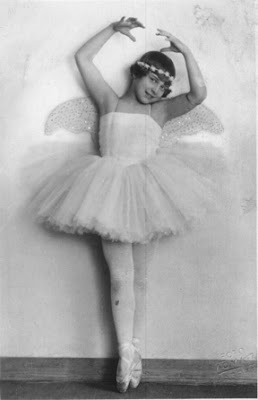
Mia Zalenska, a child prodigy in Zagreb
Towards the end of her life, Mia Slavenska — who had been a child prodigy, commanding full houses, in her native Croatia; who, at age 21, was considered Europe’s next Pavlova; who escaped World War ll and became a star with the Ballet Russe De Monte Carlo in the United States— worried that she would be forgotten.
She asked that her daughter tell her story.
While cleaning out the garage one day after her mother’s death, Ramas discovered remarkable footage of Slavenska performing Valerie Bettis’ ballet, A Streetcar Named Desire, based on the Tennessee William’s play. Slavenska commissioned the ballet in the 1950’s for her small touring troupe, the Slavenska-Franklin Ballet Company. Her performances as “Blanche” with the charismatic, powerful Fredrick Franklin as “Stanley," Ramas later learned, were storied in the ballet world. Many told Franklin it was the best work he had ever done, and Ramas nodded that in his interviews, Franklin agreed. Tennessee Williams gave his personal seal of approval to the project. ( The ballet, A Streetcar Named Desire, was later purchased by American Ballet Theatre and was last seen performed in the 1980's by The Dance Theatre of Harlem, with Virginia Johnson as "Blanche.")
Astounded by the vivid celluloid performances, Ramas became inspired to tell the story of her mother’s life in film, and from 2004-2010 interviewed people who know her—friends, dancers, critics, people in the United States, artists in Croatia. She was surprised that every single person she asked was eager to talk about how much they admired and respected her mother. All acknowledged what an important figure Slavenska was to dance history both in America and Croatia.
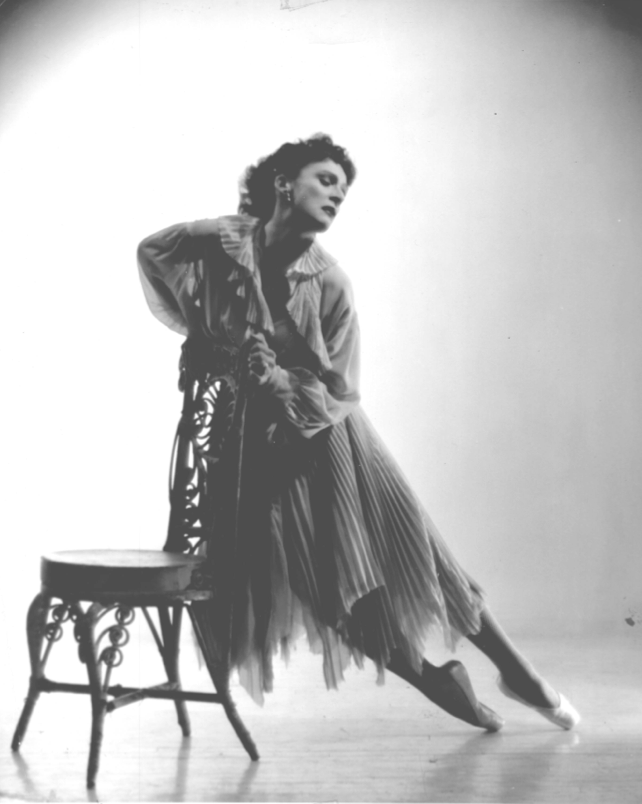
Ramas points out that her mother was not only a stellar dramatic dancer in the narrative tradition of the 1940’s and 50’s (pre- Balanchine’s introduction of neoclassicism to ballet) but she was also, more unusually, an entrepreneur and free agent.
“I knew she was a maverick. I knew that was part of the reason she was remembered so well. Dancers, ballerinas are remembered because they are are part of an institution, a ballet institution, that is interested in having them be remembered. You have all of the New York City Ballet ballerinas who are considered Balanchine’s muses. Then you have The Ballet Russe De Monte Carlo’s Alexandra Danilova, and Margot Fonteyn, of The Royal Ballet, Alicia Alonso with American Ballet Theatre. They were great artists who deserve their fame. In my mother’s case, she really wanted to have her own company. When she was young she always choreographed , she did concerts for herself in Croatia. When she was growing up she didn’t understand why she couldn’t choreograph and commission ballets like the guys , you know. She wanted to do that. She was very independent. That was her best and her worst quality.”
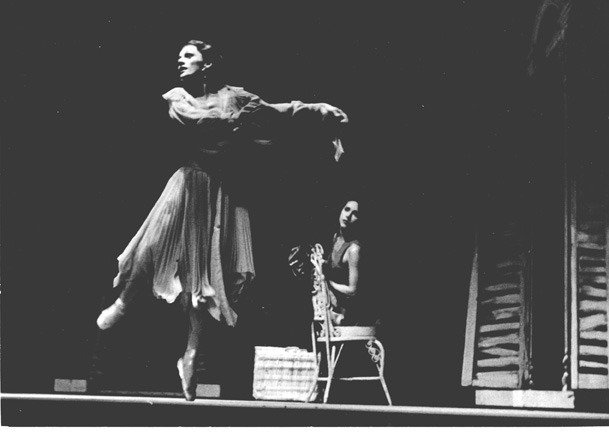
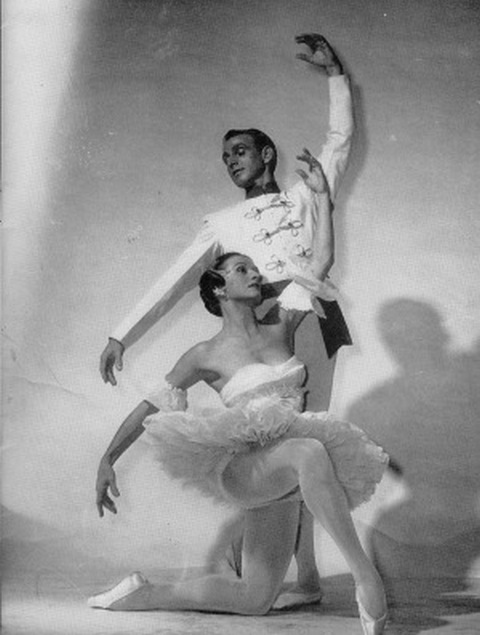
Not content to be a muse, or dance roles she didn’t care for, Slavenska created her own company with the jovial danseur, her former colleague from the Ballet Russe de Monte Carlo, Franklin. In the 1950’s, the two artists, and the company they formed, ambitiously toured small towns across the United States in a modest bus. They put on "toe-dancing" shows in places that were too small for Ballet Theatre and the Ballet Russe de Monte Carlo to go. “They educated Americans about dance, creating new ballet audiences town by town,” says Ramas.
The musical movie star, Mitzi Gaynor, one of the many captivating interviewees in the film, effuses, “When Mia was out on stage the whole audience got up.” Ramas calls her mother's rare gift of theatrical magnetism, the X-factor.
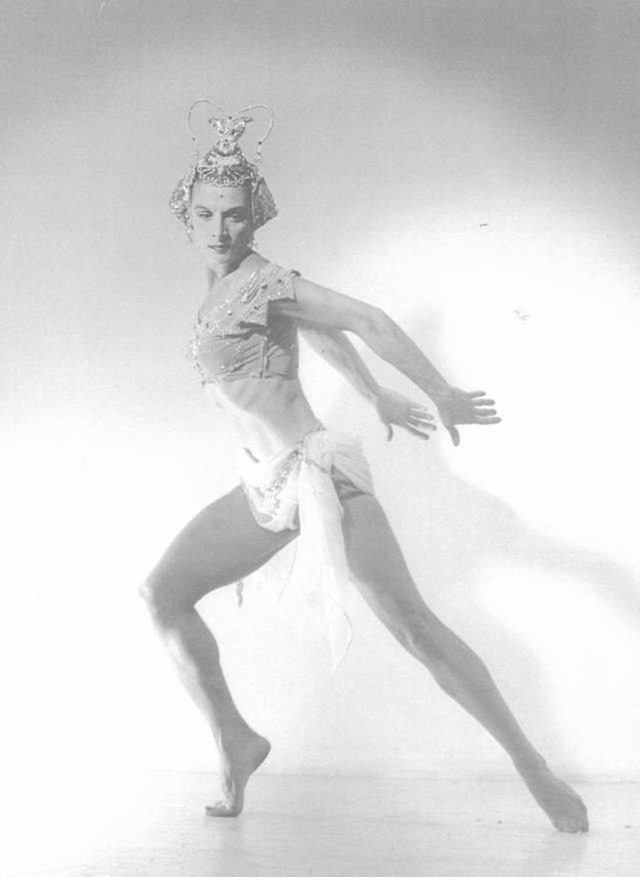
Of her work on the film, the new director ponders, “It’s been wonderful on many levels. It’s edifying to look at your parents as whole individuals outside of their relationship to you. I feel I see her now completely. I can understand her as a mother because I can see everything that she was dealing with. You maintain a relatshionship with your parents whether they are living are dead, I kept my promise to my mother ( to tell her story) and that means a lot to me."
Mia A Dancer’s Journey not only paints the picture of a consummate dance star, but also of a generous woman uncompromisingly dedicated to sharing her art on her own terms.” It’s a must see for all audiences and a triumph for Ms. Ramas, both as a daughter and a first time film maker.”
